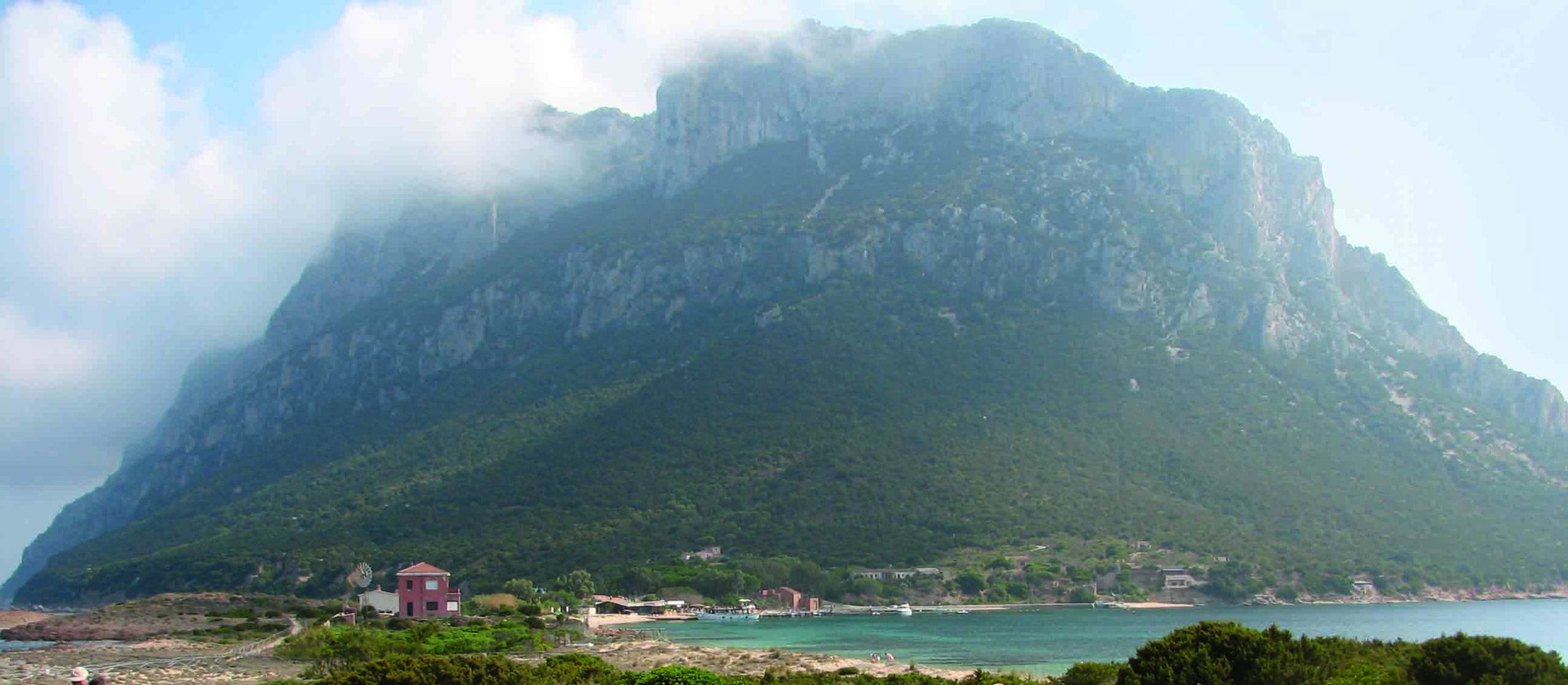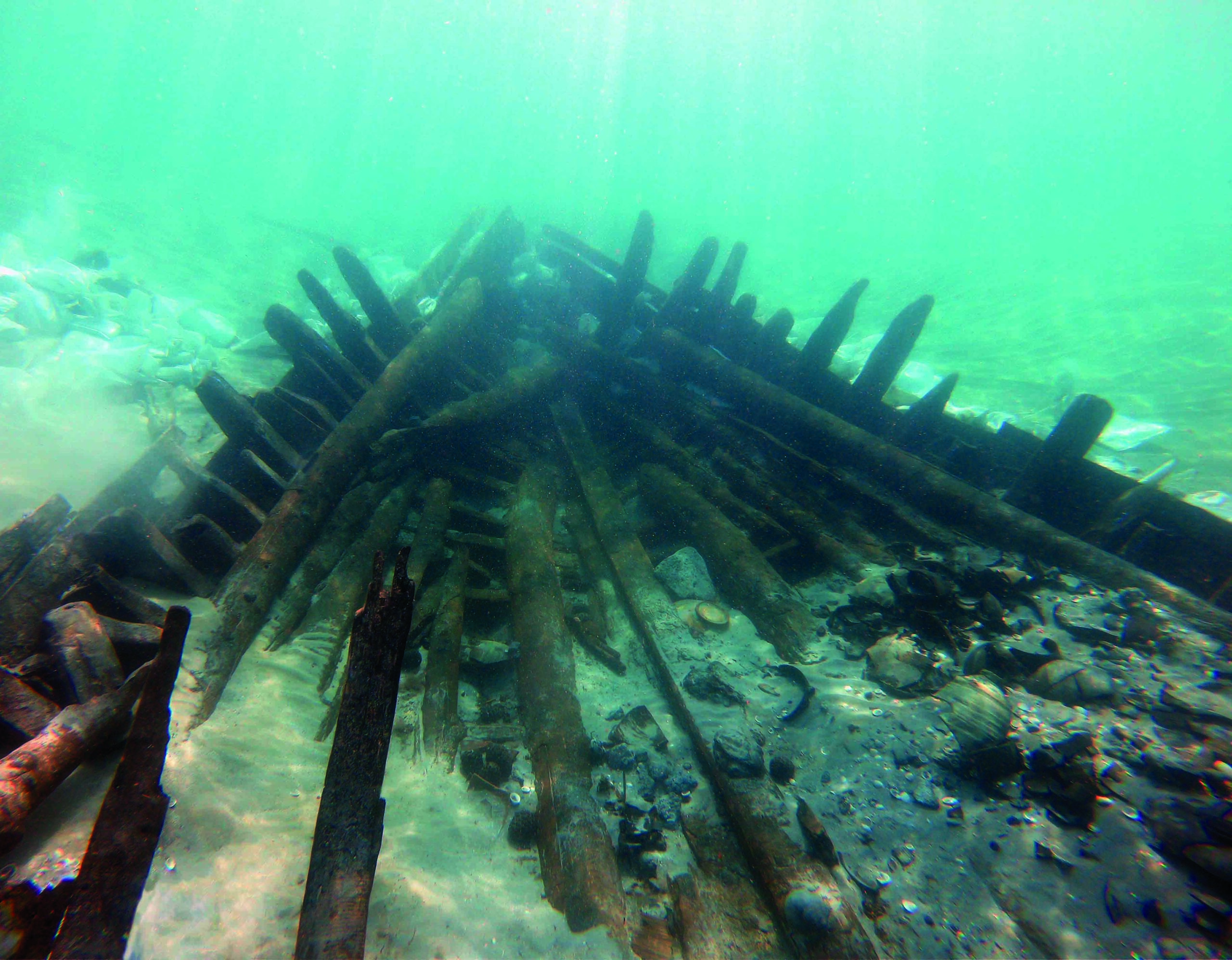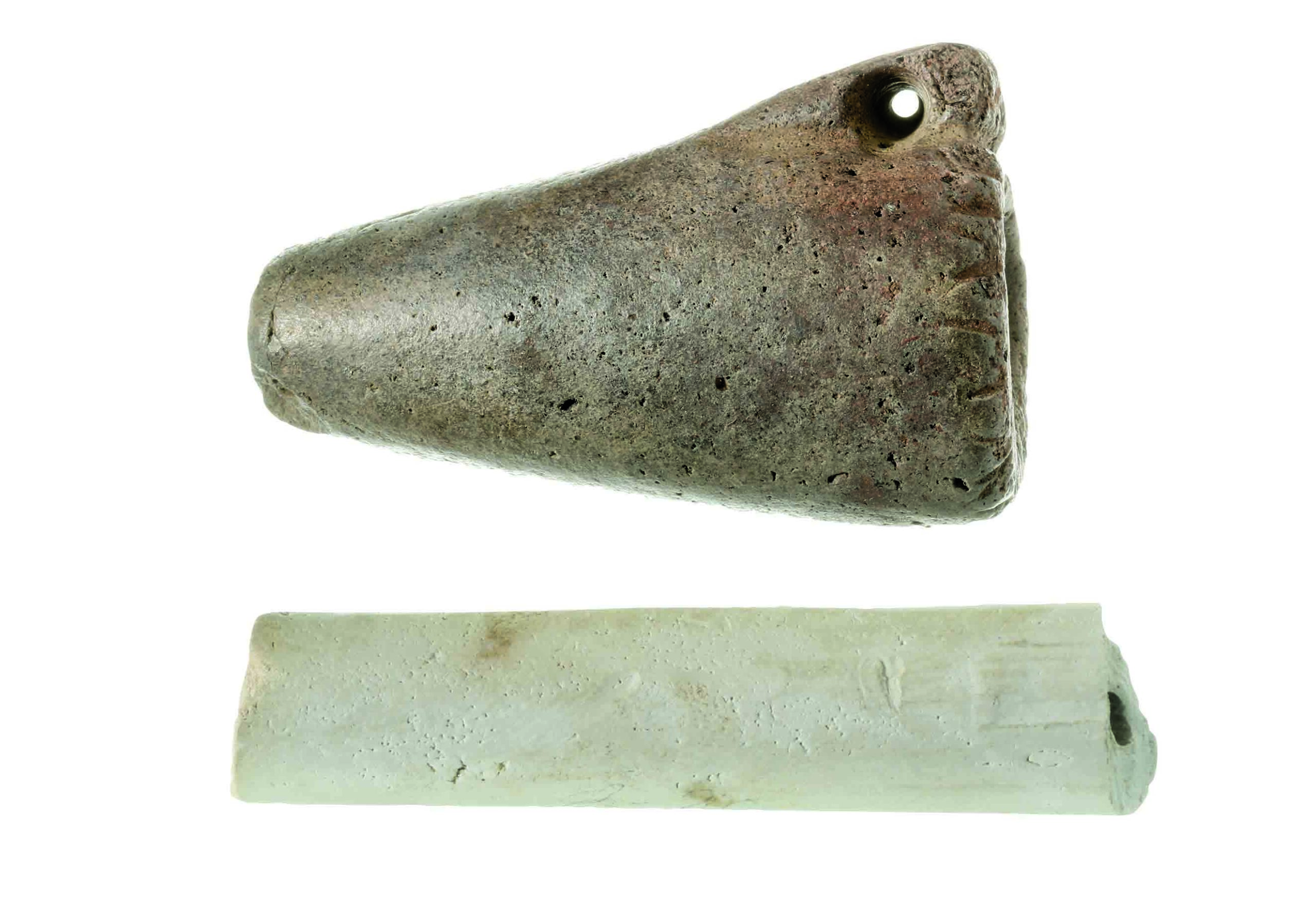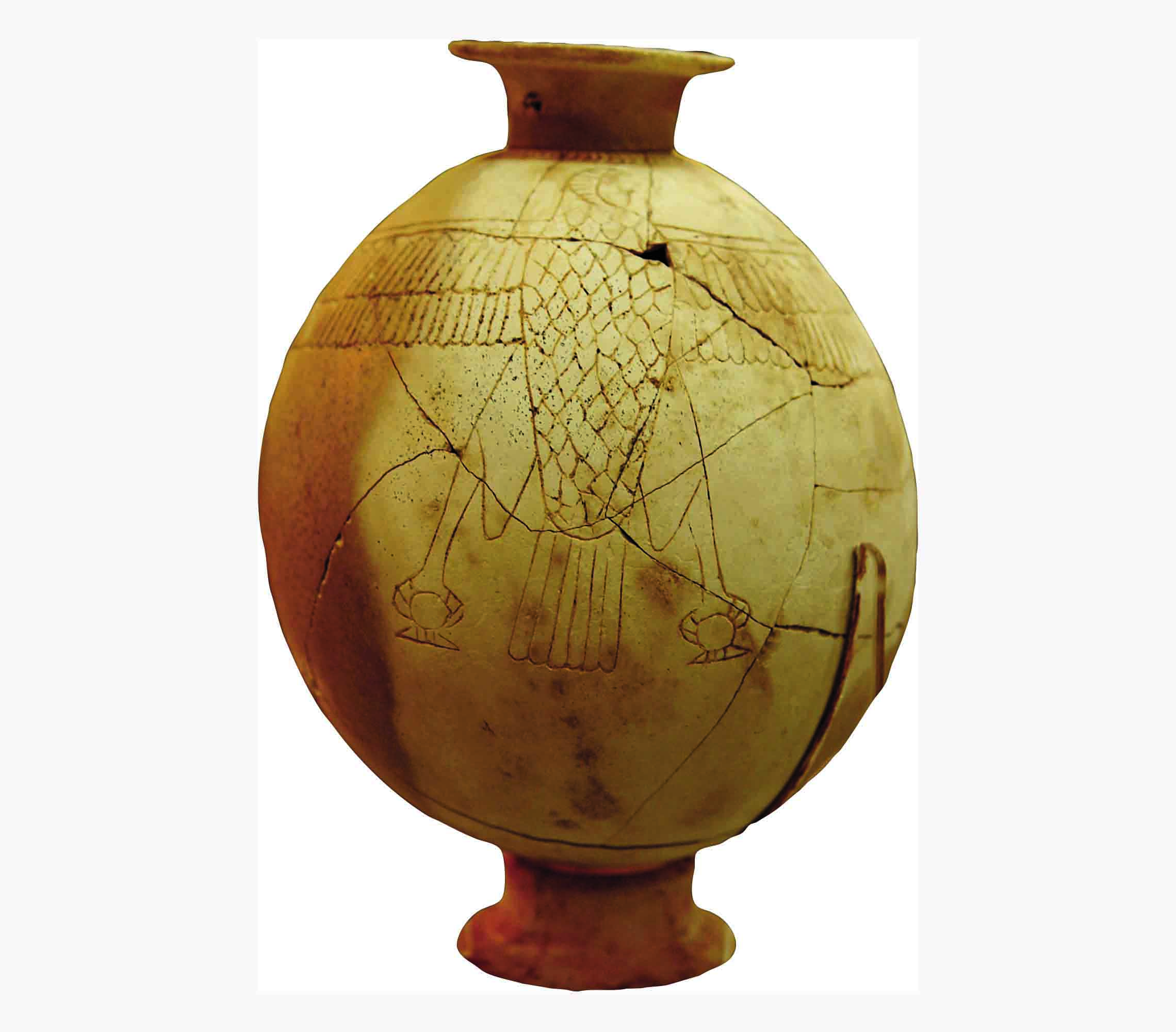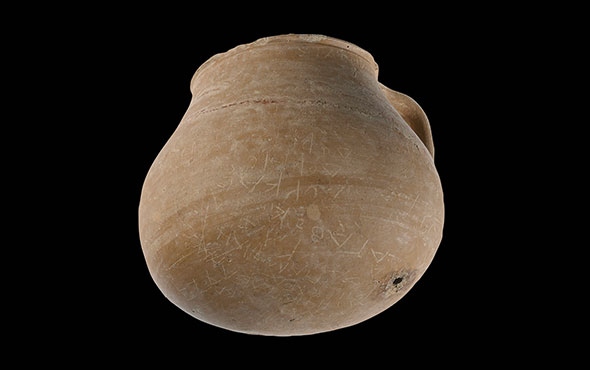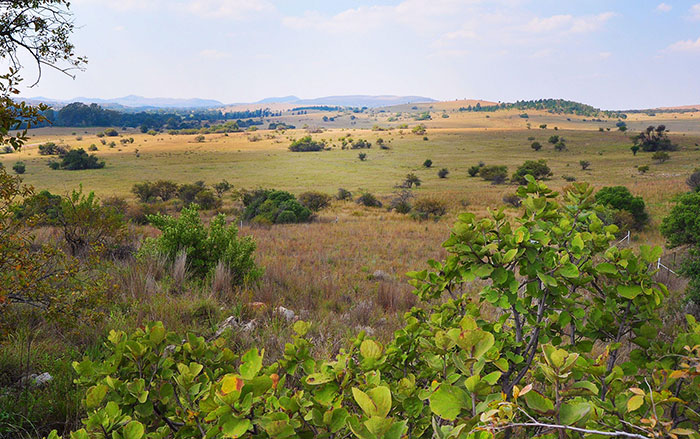
TRONDHEIM, NORWAY—According to a statement released by the Norwegian University of Science and Technology (NTNU), researchers led by James Barrett of the NTNU University Museum analyzed nine walrus snout bone fragments unearthed in 2007 during a construction project in Kyiv, an important trading city in the medieval period. In 2019, Barrett and his colleagues determined that Western Europe obtained most of its walrus products from Norse settlers in Greenland, although it was still thought that the ivory used in Eastern Europe came from the Barents Sea, which is located off the northern coasts of Norway and Russia. The researchers determined that five of the nine bone fragments had a genetic signature indicating they came from a genetic group of walruses only found in Greenland, while the chemical analysis of isotopes from the bones suggests that seven of the nine animals could have come from the region of Greenland. “The animals might have also come from Iceland, but not from the Barents Sea,” Barrett explained. Lastly, six of the bones had been worked in the manner observed in samples from Greenland. The other three pieces were too fragmented to determine how they had been modified. “Of course, this conclusion isn’t definitive either, since these techniques could have been copied,” Barrett added. When taken together, the results of the study suggest that ivory probably traveled from Greenland to a Scandinavian trading hub, and then to Kyiv, where it could have been sent on to the Islamic world and Asia. Read the original scholarly article about this research in Proceedings of the Royal Society B: Biological Sciences. To read about the extinction of Iceland's walruses in the wake of Viking settlement, go to "The Time Had Come, the Walrus Said."


